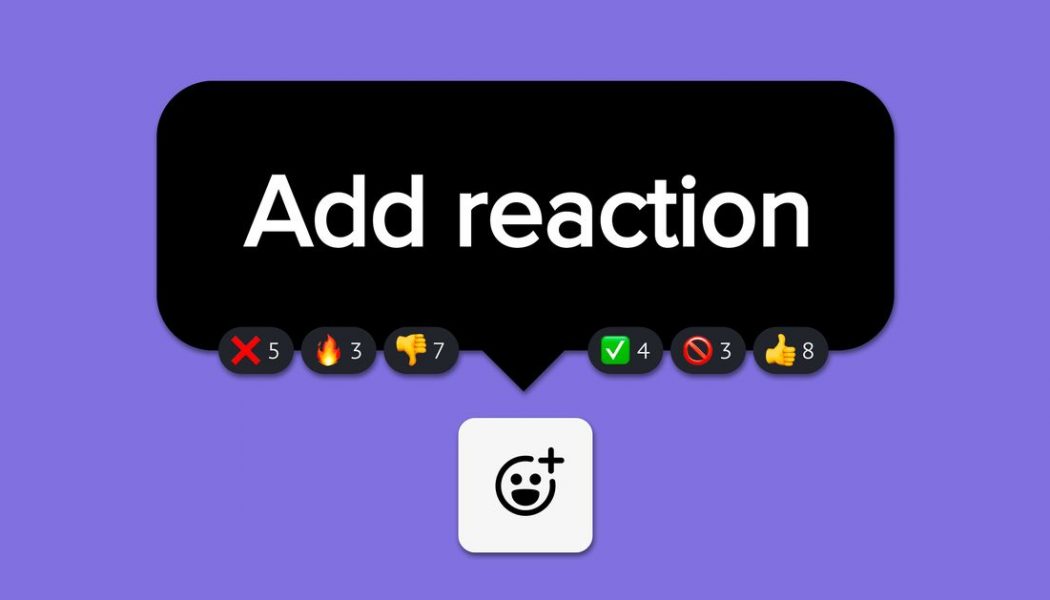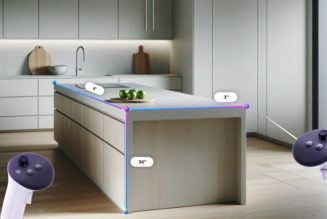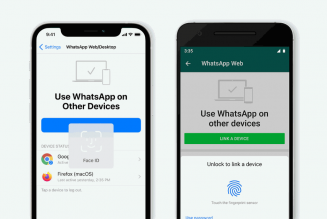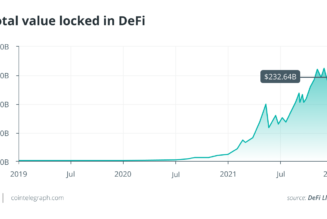
Many of us are online a lot more than usual these days, and much more of our communication is entirely virtual as well. As we enter month six of pandemic life, that means once-small annoyances in virtual communication that you maybe used to let slide may have started to feel like all-consuming social indiscretions.
The Verge newsroom devolved into a debate over such a topic after reading Angela Lashbrook’s great piece in OneZero about how Instagram’s reaction buttons are a scourge. You should go read it! It inspired us to spend the better part of an hour arguing over the merits of emoji reactions as a whole. Some of us are anti-reaction, while others are pro-reaction (*waves*). The conversation was long and intense enough that we decided to lay out our thoughts in one place.
Ashley Carman: “Reactions” are bad for the same reason read receipts are bad (see here for a full discourse on that). Messages that only get a “read” or a “reaction” feel like unacknowledged bids for attention. You’re typically sharing or saying something because you want to connect with a person over something you sent, whether it’s a link to a story, a meme, or a “what’s up.”
A reaction is equivalent to a head nod in response. If that happened in person, it’d be really strange! People expect to hear something in return for their reach-out, at least I do. Now with that said, I do accept a reaction to simple logistical texts, like a “see you soon” or “I’m running late.” Totally valid! Just maybe picture someone sending a link or meme as them trying to connect with you — a head nod, or reaction, doesn’t suffice.
Nicole Wetsman: Reactions are useful! I use them a lot when a friend sends a link or a picture or something random in the middle of talking about something else. The react lets me show that I appreciate the good link or picture without having to interrupt the conversation. They’re also good in group messages, especially when you come back to your phone to see a bunch of texts. You can acknowledge that you read back to earlier texts and jump in mid-convo. It’s pretty easy to use them to be passive-aggressive, which is bad, but there’s always going to be a way to be passive-aggressive over text. I like their upside, even if they’re another text etiquette thing to be anxious about.
Makena Kelly: Nothing sparks rage in me more than an empty “thumbs-up” reaction in iMessage. You can “Haha” or “Heart” my meme, selfie, or message, but if that reaction isn’t paired with a follow-up message, you may as well have left me unread.
I’ve always thought of myself as a pretty horrible conversational texter. I live for lengthy phone calls and FaceTime conversations after days or even weeks of not chatting. So if I’m making the effort to speak with you on the regular over text — coming up with interesting replies and taking a particular interest in the minute details of your everyday life — I expect the same energy in return. A singular reaction in response to my message signals to me that I’m either about to be ghosted or I should just leave you alone. I don’t mind if it takes someone hours to respond, so long as that response is thoughtful in the end.
But don’t get me wrong — I do think that reactions have their place in virtual conversation, just maybe not during a pandemic. Like Ashley mentioned, if I’m running from the train station to your apartment or a restaurant and I receive a “just got here, we’re seated in the corner” message, I’ll quickly “react” to notify you that we’re on the same page. But reactions shouldn’t be seen as a replacement for conversation. And truly, the only thing crueler than “thumbs-up”ing my text is turning your read receipts off seemingly out of nowhere.
Bijan Stephen: Reactions are fine, read receipts are fine, and smart replies are also fine. What’s important, I think, is not being an asshole about how you’re using the technology. Read receipts, for example, only matter if you expect the person you’re communicating with not to answer in a timely manner — which would be the case anyway, even if they didn’t have them on.
I think the real problem is that when everyone has gone digital — out of necessity! — everything becomes gamified. Which is to say: you can tell if you’re really friends with someone — or if they consider you a real friend — super easily now. A lot of analog relationships linger in that space between “not texting a bunch” and “seeing each other every once in a while,” which works when connections with people are primarily ambient and not proactive.
The internet has made us all into people who have to make the first move. It kind of sucks! But it really has nothing to do with the technology, imo.
Barbara Krasnoff: Two thoughts. First, I’m not a fast phone typist, and so it takes me forever (compared with most people) to return a simple text or chat message. And if the message comes at a bad time — while I’m in the middle of a meeting, at a doctor’s appointment, trying to explain Zoom to my mother, or whatever — then my choice is to either ignore the message entirely until I have the time to handle it or do a quick response (either automatic or via emoji) until I have time to get to it… and just hope whoever is on the other end understands.
Second: once upon a time, in the age of the dinosaurs, people would contact each other by calling on the phone, and if the other person was busy or not available, eventually, you’d have to hang up and call them back. Later, you could leave them a message. But although it could be enormously frustrating, the person you were calling wasn’t expected to be constantly, immediately available. Now, they are — but none of us can be, really. So in my mind anyway, a quick emoji or an automatic reply when I’m in a position where I can’t type but can only tap a single button is better than nothing at all.
Monica Chin: With all respect, I think a lot of the arguments against reacts are missing the point. You’re all not criticizing reacts themselves; you’re criticizing people who don’t want to put effort into responding to messages. These people have been around since the dawn of the internet, and they will be around for years to come. Some of these people just aren’t in the headspace to send messages at the moment, some don’t like texting at all, some are busy at work, some are just lazy. Before reacts, these people weren’t sending long and heartfelt answers; they were just sending “lol” or “nice” or not responding at all. The existence of reacts doesn’t make it easier for these people to half-ass their responses; it just gives them another vehicle with which to do so.
But why are reacts good? Because, I would argue, they’re a better vehicle for chat laziness than the others we have at our disposal. I would much rather get a “haha” react than not get a response at all. It lets me know you read my message so I’m no longer waiting and can comfortably message again without worrying that I’m double-texting, and it gives me a sense of your reaction. I think reacts are also preferable to quick one-word responses because the latter comes with cultural baggage that emoji haven’t had time yet to build. Nobody disagrees that a thumbs-up reaction means “I agree” and a laughing reaction means “I acknowledge that this is funny.” But the message “haha” could just as easily mean “That was really funny” as “that wasn’t funny at all, and I do not want to talk to you.” Those sorts of replies are breeding grounds for overthinking and misinterpretation, especially between parties that don’t know each other that well. Reacts simplify things and save us that trouble.
Jay Peters: I’m pretty pro-reactions, but I’m pretty very pro-emoji in general. (I helped create two of them!) But I love emoji so much because I think they add a lot of emotion to computer-based interactions, which can be emotionally difficult to sort through sometimes. At a time where we’re communicating almost entirely through digital mediums without the benefit of hearing someone’s voice or seeing their body language, I think that being able to show that kind of nuance is almost a necessity. Even if that sometimes means people send confusing or annoying hearts on iMessages.
And I strongly believe that software makers could go a lot further to help people express themselves with emoji reactions by taking after Slack and letting people use every emoji on the emoji keyboard instead of a limited few. The six reactions in iMessage just don’t give me enough emotional range! And they can easily lead to unsatisfying replies like some of my colleagues have detailed here.
Human emotions are a lot more complex than heart, thumbs-up, thumbs-down, haha, two exclamation points, and a question mark. Technology companies should give people more ways to easily express their full spectrum of feelings.









